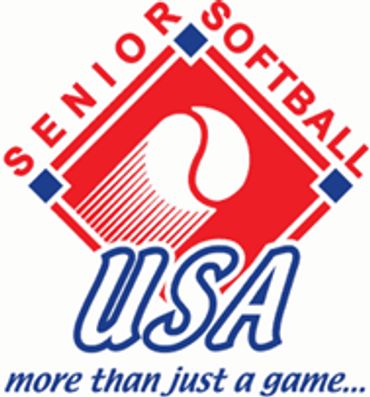Weekly Local Rule Review #1
To better understand our local rules and enhance player safety, we are periodically highlighting one of our local rules.
2.4 Alternate First Base. The alternate first base is offset three feet into foul territory from first base. The alternate first base must be used upon any infield hit (regardless if there is a play made at first or not). A runner touching the wrong base will be called out. This is automatic (not subject to an appeal). If the batter/runner runs between or outside the two first bases, he/she is NOT automatically out however he/she must return to the ALTERNATE first base before a play to first base is made. Use of the alternate first base is not required if the ball is hit to the outfield, regardless of whether or not the ball first touches the infield or an infielder.
Weekly Local Rule Review #2
Run Through Lines
To better understand our local rules and enhance player safety, we are periodically highlighting one of our local rules.
8.4.2 Run Through Line. A base runner going from first to second or second to third may run full speed through the line. Should the runner beat the throw, he is safe and may return to the base without being tagged or forced out. The runner must return to the base and touch it prior to advancing to the next base. If a runner proceeds through the run through line heading towards the next base/home scoring line (as applicable) without touching the target base and, in the judgement of the umpire, displays intent to advance to the next base without having first touched the base from which he ran past, he/she can be tagged out.
2.5 Run-Through Line: If a runner runs through the space between the base and the beginning of the run through line, the runner is considered off the base and can be called out if the fielder tags the runner or the base prior to the runner returning to the base.
This video explains and provides examples on how to utilize the run through lines on both 2nd and 3rd base.
Weekly Local Rule Review #4
Reverse Directions
To better understand our local rules and enhance player safety, we are periodically highlighting one of our local rules.
8.2 Reverse Directions. Runners going between first and second, second and third, or third and the commitment line may reverse direction only once in moving from one base to another if a play is being made on that runner. If a violation of this rule is observed by the opposing team and observed by the umpire, an OUT call will be made. A throwing action by a fielder is a play whether or not the throw is made (fake throw). If the ball is alive and becomes loose, a new play commences for the purpose of reversing direction. A runner from third base who crosses the commitment line must continue to the scoring line and may not return to third base. A violation of this rule results in a player being called out.
Weekly Local Rule Review #5
Fair or Foul?
If the ball is in foul territory when touched, even if the fielder's feet are in fair territory, it's a foul ball. If a ball is in fair territory when it touches a player, or an umpire, that ball is fair. It depends on the position of the ball when it is touched. In addition any ground ball which bounces over first or third base is a fair ball even if it hits foul territory past the base.


Along 1st base line: Fair or Foul??
Foul
Although the player is standing in fair territory, the ball is in foul territory when touched.

Along 1st base line: Fair or Foul??
Fair
Although the player is standing in foul territory, the ball is in fair territory when touched.

Along 1st base line: Fair or Foul??
Fair
The ground ball rolls over the base before rolling into foul territory.

Weekly Local Rule Review #6
Does A Tie Go To The Runner??
The phrase “tie goes to the runner” is a popular interpretation of baseball rules, but it’s not entirely accurate. The rulebook of baseball does not explicitly mention a tie situation.
Major League Baseball umpire Tim McClelland has written that the concept of a tie at a base does not exist, and that a runner either beats the ball or does not. In 2009, umpire Mark Dewdeny, a contributor for Bleacher Report, citing McClelland, also rejected the idea of a tie, and further commented that even if a “physicist couldn’t make an argument one way or the other” from watching an instant replay, the runner would still be out.
So, in essence, the concept of a “tie” in baseball is not officially recognized. The runner must beat the ball to the base to be safe.
{Above text compiled by Microsoft Copilot AI)
Click here for a "Tie Goes To The Runner" Video...

Weekly Local Rule Review #7
What Bats Can Be Used In NCSS?
The bats displaying the following logos are legal for all players:
_________________________________________________
Any bat not displaying those logos are only legal for all female players, or male players 75 or older . This includes any bat with a BPF of 1.21 or a bat with the following similar logo:

